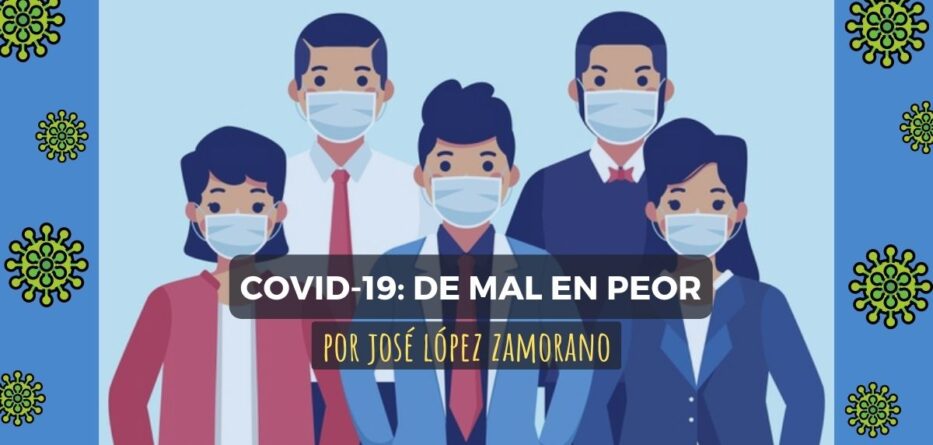The COVID-19 pandemic continues to be one of the greatest threats to public health that does not distinguish between race, ethnic origin, economic status, immigration status or age. But the most recent figures from the Centers for Disease Control and Prevention (CDC) reflect a bleak outlook for Latino communities in the United States.
We already knew that the pandemic has disproportionately hit the most vulnerable communities, such as Hispanics and African Americans, who every day risk their lives in the first line of defense against the disease, doing the essential jobs that are needed for the country’s survival.
But the CDC figures show that the situation, far from improving for the Latino community, has been getting worse, in terms of the proportion of deaths associated with COVID-19.
Between last May and August, the mortality of Hispanics due to the complications of COVID-19 increased from 16.3% to 26.4%, that is, an increase of more than 10 percentage points in a period of just four months. Remember that Hispanics represent about 18% of the population, that is, we are overrepresented in terms of mortality.
Dramatically, Hispanics were in fact the only racial and ethnic group that saw an increase in the death rate between May and August.
The situation is not very different among the African-American community, which accumulates 18.7% of deaths from COVID-19, despite the fact that they represent 13% of the population of the United States. Among Native Americans, the mortality rate was 1.3% during the same period, according to official figures.
By age, the highest proportion of mortality corresponds to people between 75 and 84 years old, followed by those between 65 and 74 and those between 50 and 64 years old. Fortunately, mortality rates are less than 0.1% among minors and only 0.5% among young adults 18 to 29 years old.
The reasons listed by the CDC for the disproportionate mortality are almost obvious: We live in multi-family and multi-generational households, we perform the jobs that can only be done in person – in agriculture, meatpacking, services, the health sector– In addition, we have limited access to health coverage and experience discrimination, prejudice, and harassment.
To this perfect storm we must add comorbidities that complicate the health outcomes related to COVID-19, such as the high prevalence of diabetes, obesity, and hypertension in our community.
The big question is what is being done to mitigate this public health crisis among minorities, what is the plan to protect these essential human beings and workers, how to provide medical access to those without health insurance.
The diagnosis has been more or less clear since the beginning of the pandemic, but what is clearly needed is a comprehensive plan to minimize further unnecessary deaths and the devastation of entire essential communities.
For more information visit www.laredhispana.com.






